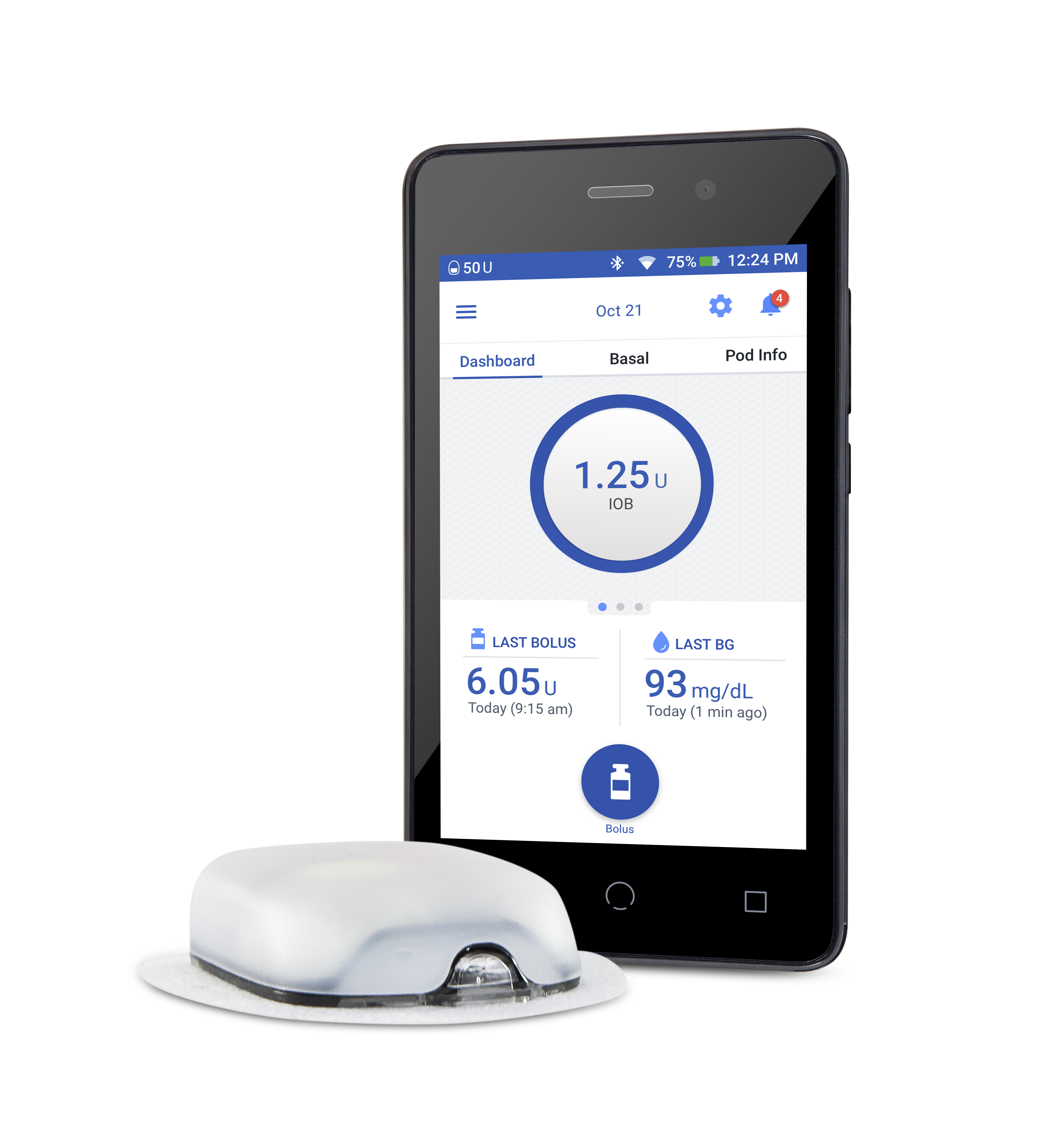Diabetes solutions tapping our Disruptive Innovators and Digital Lifestyle investing themes
Diabetes treatment has evolved since Mary Fortune was diagnosed in 1967 and hospitalized because there was no reliable way monitor her blood sugar. These days, a glucose skin patch transmits her levels day and night to her iPhone and shares the data with others.
Fortune and other diabetics are benefiting from an explosion in technology and innovation, from under-the-skin sensors that eliminate the need for painful finger pricks, to smartphone alerts when glucose levels rise too high. But the technology, and its integration with mobile devices, has brought the types of lawsuits typically seen by Silicon Valley companies.
For glucose monitors alone, the number of published patent applications has grown steadily for a decade and has accelerated significantly since 2015, according to an analysis by the research firm Patinformatics. More than 880 patent applications related to glucose monitoring have been published so far this year, said Tony Trippe, managing director of the Dublin, Ohio-based company.
“Everybody in the market is realizing there’s an enormous opportunity there,” said Paul Desormeaux, a senior analyst with Toronto-based Decision Resources Group. “Other players are starting to come in, and there’s a lot of competition to make advanced products.”
Insurance coverage for new devices has increased, and there’s a growing number of partnerships between health companies and traditional technology firms such as Alphabet Inc.’s Google, International Business Machines Corp., and Fitbit Inc.
Abbott Laboratories, Roche Holding AG, DexCom Inc. and Medtronic Plc are the top owners of patents, with San Diego-based medical device company DexCom having shown the highest rate of growth since 2015, Trippe said.
Desormeaux is projecting the market for continuous glucose monitors like those used by Fortune to reach $2 billion in 2026, up from $670 million in 2017. That figure doesn’t include devices like insulin pumps, smartphone applications, more traditional products like one-time blood tests, or projections for new products like an artificial pancreas.
“We have so many choices that are more innovative now, than what we had when I was diagnosed,” said Fortune, now executive vice president of the Diabetes Foundation of Mississippi. “With the latest technology, it is much easier to manage and it is only getting better.”
Source: Sensors to Smartphones Bring Patent Wars to Diabetes Monitoring – Bloomberg


